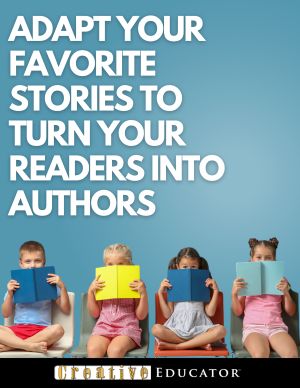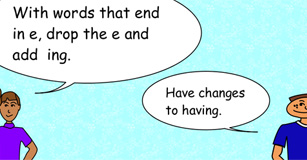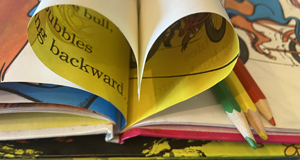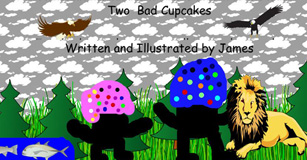Enrich Vocabulary Instruction with Creative Tools
Expanding the traditional approach with technology

A strong vocabulary is essential for learning about new concepts, retrieving information, expressing ideas, and effective communication. Creative software tools like Wixie support a variety of vocabulary acquisition techniques, giving students a platform to create meaningful relationships with new terms and review and reinforce existing vocabulary knowledge.
The activities library in Wixie and Pixie includes several templates that combine traditional approaches with new twists and learning opportunities. Students can activate prior knowledge of a topic, organize knowledge into categories, and apply new knowledge to the Frayer Model vocabulary template. This template is based on the graphic organizer designed by Dorothy Frayer and colleagues at the University of Wisconsin designed to help student better understand new words.
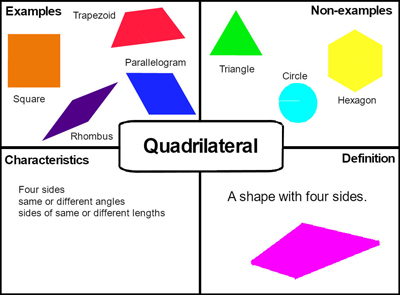
Once students have learned how to utilize the Frayer Model for understanding topics in depth, the model can be used at the beginning of a lesson as a brainstorming activity and/or at the end of a lesson. This instructional strategy promotes critical thinking and helps students identify and understand unfamiliar vocabulary. Drawing on a student’s prior knowledge helps build connections between new concepts and creates a visual reference by which students learn to compare attributes and examples.
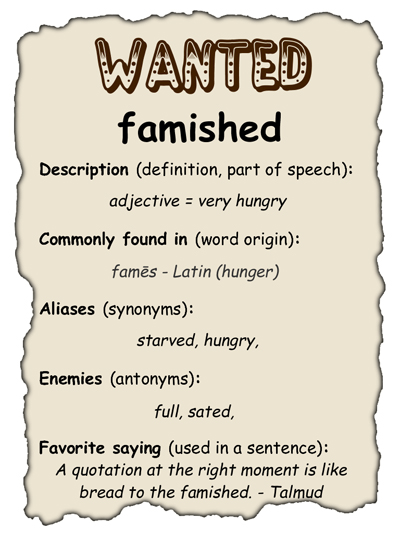
Typing a word, writing the definition, and using a word in a sentence is a rudimentary vocabulary-building technique. Creative software tools make it possible for students to store and retrieve meaning in a variety of ways, including paint tools for creating non-linguistic representations and voice recording options that allow students to hear the definition in their on voice or the voice of a classmate. Students can build on text-only definitions and approaches and supplement with original illustrations and voice narration that provide opportunities to articulate and practice saying and showing the word.
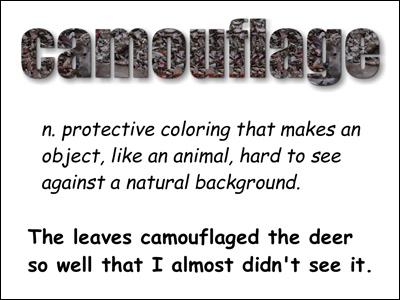
The meanings of many words vary from context to context and from subject to subject, making vocabulary difficult to acquire, especially for English language learners. When text becomes more technical and abstract, such as in content areas like math and science, an insufficient vocabulary can become especially problematic for struggling readers. Having students express the differences in meaning with visuals and text strengthens their understanding with using words in a variety of context. For example, students can create a digital multimedia dictionary of terms being studied, explaining multiple meanings by adding visual components for each meaning. Students can also record an original narrative using words with multiple meanings and share the project as a video.
Homophones and idioms are another trouble spot for second-language Learners. Students who have developed large social vocabularies and even those beginning to develop academic vocabularies still need explicit explanations and instructions where idioms and homophones are concerned. Asking students to illustrate homophones and idioms makes the process of learning these words and phrases fun, as well as provides a nonlinguistic or visual support for their vocabulary acquisition.
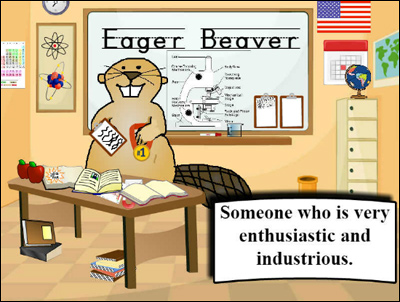
Rather than asking students to learn long lists of seemingly random words, assign them just a few words for each unit or let them identify the new words they don’t understand. Assigning students just a few words each for the unit of study and empowering students to become an expert of those words in the context of the subject being studied results in deeper understanding and quicker mastery of the terms. Students can create their own personal set of flash cards, using synonyms, antonyms, definitions, and image they can understand, because they chose them. If there isn’t time to have each student develop their own vocabulary supports, print and share the flash cards or trading cards with other students in the class.
Making creative technology tools an essential part of your vocabulary instruction can help you reach students who are struggling readers, have limited vocabulary, are second-language learners, or who have learning disabilities.


